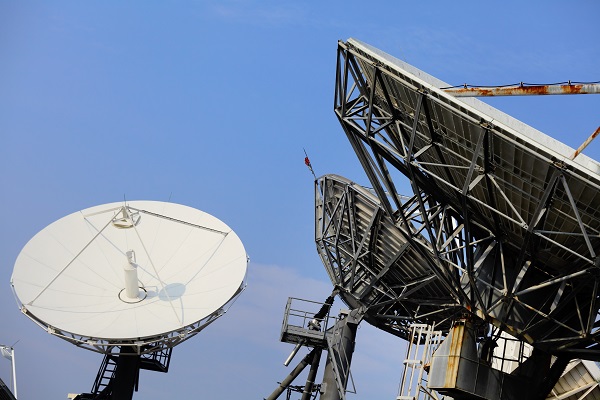Satellite connectivity has always been important but it’s now playing a key role in extending connectivity to commercial and civilian use cases. What’s happening and why?

Satellite has always been important for enabling remote connectivity for communications applications, but some have questioned its ongoing relevance . At AfricaCom, we saw just how vital it will continue to be in the emerging patchwork of connectivity that’s needed to support coverage expansion.
Although satellite is often associated with high-value applications, it’s becoming increasingly democratic. Innovations, such as WTL’s patented Network Optimisation Protocol (NOP) have allowed more traffic to be carried across limited bandwidth connections, but the growing number of satellites and the ever-improving transmission rates that can be achieved, are all starting to have an impact too. Satellite has now become a key and viable choice for providing backhaul for remote sites.
In fact, it can be a crucial first step. With increased consumption at a remote site, alternative transport methods may become attractive, but satellite is often needed at the outset to, in effect, seed a deployment and to enable it to begin operations.
As such, we expect the use of satellite connectivity to grow significantly in the next few years, particularly as more Low Earth Orbit (LEO) systems come onstream. All of which provides more options for remote connectivity – and, it also means that nowhere is too remote.
Satellite connectivity has a bright future and we continue to ensure that our systems are compatible with any backhaul option, allowing Vivada to be deployed in the most remote locations. That’s why there are already a number of satellite partners in the growing Vivada ecosystem. If there are people and if there is demand, then connectivity can be delivered, even in the parts that conventional networks cannot reach.


